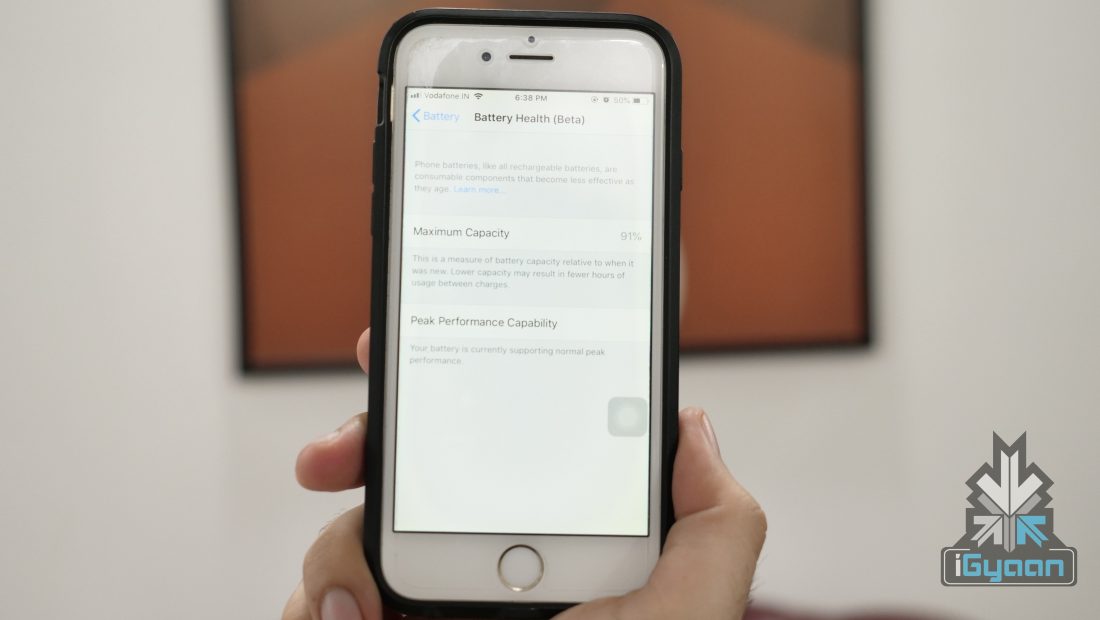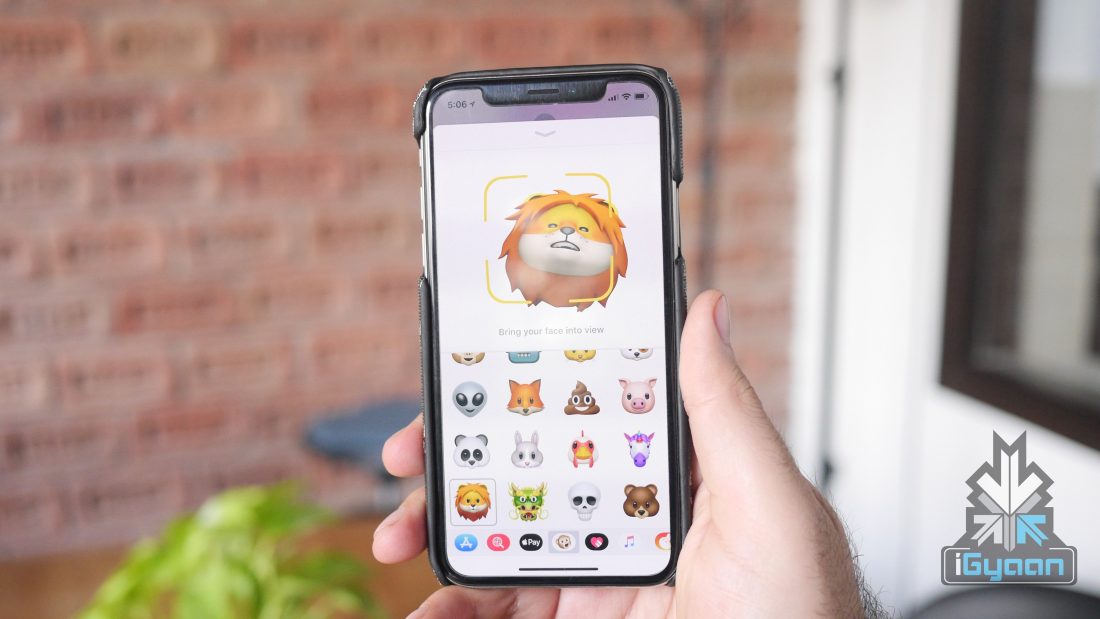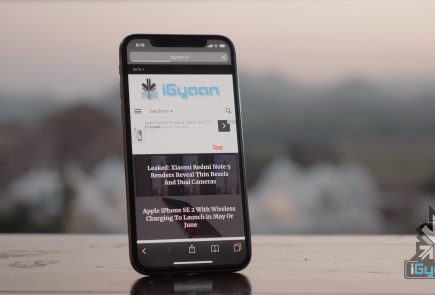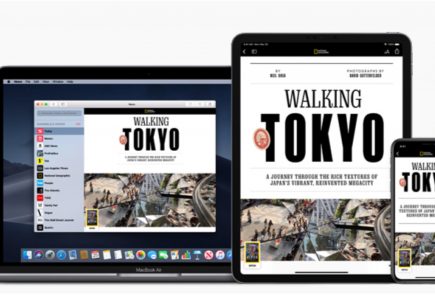Apple Has Released The Biggest iOS Update Since iOS 11
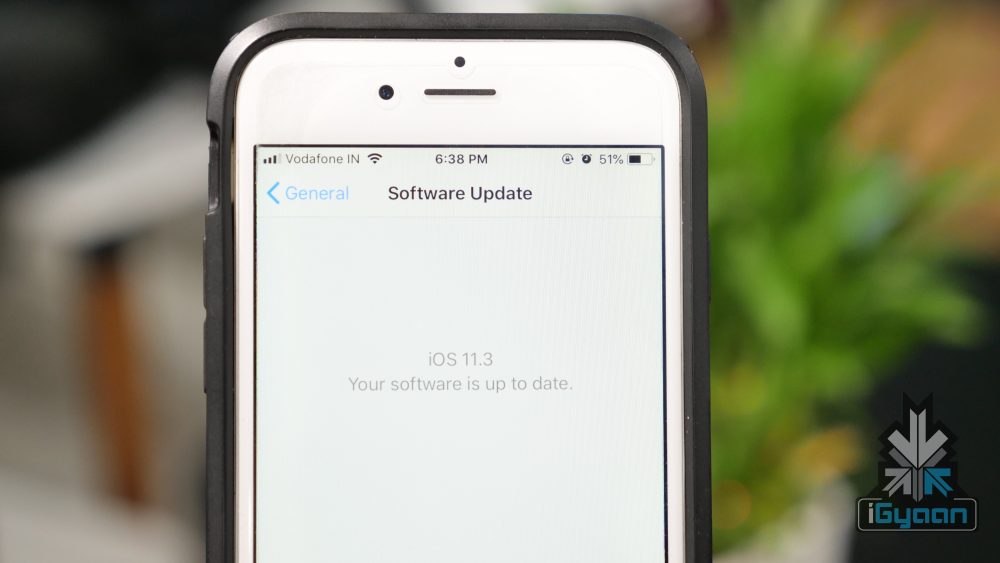
Soon after the launch of the iPhone X, Apple started rolling out the new iOS 11 update to all compatible iOS devices. Keeping up with its reputation for extensive software support for its older devices, the iPhone 5s received the iOS 11 update. For context, the iPhone 5s was launched in September 2013. However, everything wasn’t rosy for iOS 11 as it was marred with many bugs. Initially, it had the slowest adoption rate when compared to previous iOS versions.
After multiple software updates, the iOS 11 experience has become much better but, still leaves a lot to be desired in some aspects. But, the new iOS 11 update is much more significant than the previous ones so far. As promised by Tim Cook, the new iOS 11 update has brought about a major change.
Battery Health And CPU Throttling
In late-December 2017, it was unearthed that Apple was deliberately slowing down older iPhones. The company came out and laid down the reasons for which it took those measures. Apple admitted that it capped the peak demands of the processors of older iPhones to battle battery degradation. This lead to a huge uproar and Apple faced multiple class action lawsuits as well.
Tim Cook then conceded that an iOS 11 update would let users choose between battery health and unadulterated performance. With iOS 11.3, users can head to the battery settings to check the battery health of their iPhone and whether it has been slowed down via software or not.
This was a necessary step for Apple and now gives a lot of control to the user. Some users would choose battery health in order to avoid replacing the old battery. However, there is a majority of people who’d rather use their iPhone to its full potential. The new feature, right now, is in its Beta mode. Once you click on Battery Health (Beta), the window displays the iPhone battery’s maximum capacity. This is a measure of the battery capacity relative to when it was new.
The lower section of the screen is labelled “Peak Performance Capacity,” and has two types of sub-headings. If your phone has never experienced an unexpected shutdown, it will say, “Your battery is currently supporting normal peak performance.” However, in the opposite case, the message will read:
Your battery’s health is significantly degraded. An Apple Authorized Service Provider can replace the battery to restore full performance and capacity.
How to check battery health: Settings>Battery>Battery Health (Beta)
New Animojis
It is hard to fathom that the most famous feature of a brilliant smartphone like the iPhone X is dancing animated characters. Apple showed off Animojis on stage during the launch of the iPhone X and the craze has fizzled away since. Companies like Samsung and Huawei have come up with their own rendition of Animojis but failed to impress.
With iOS 11.3, Apple has added more characters to Animojis. The update adds a skeleton, a lion, a dragon, and a bear, not to be confused with the existing panda bear Animoji. It is worth noting that these new Animojis don’t add any functionality to the existing system, they’re just new skins to play around with.
ARKit 1.5
At the World Wide Developer Conference 2017, Apple introduced ARKit. This is Apple’s AR application programming interface. Its main function is to handle the lower-level processing so that developers can focus on the experience of the app. Up until the new update, ARKit could only place objects on flat surfaces or horizontal planes. But, with ARKit 1.5, developers can place objects on surfaces like a wall or any other vertical plane. Also, accuracy is now increased while mapping objects on a vertical plane.
Another interesting feature is image-recognition. For example, the ARKit can project a full-size robot if a poster for an associated robot movie is seen by the phone’s camera. These developments prove that Apple has a lot of focus on AR and will come out with even more functions in the future updates.
This also means that we could see great developments in AR at the upcoming WWDC 2018.
















